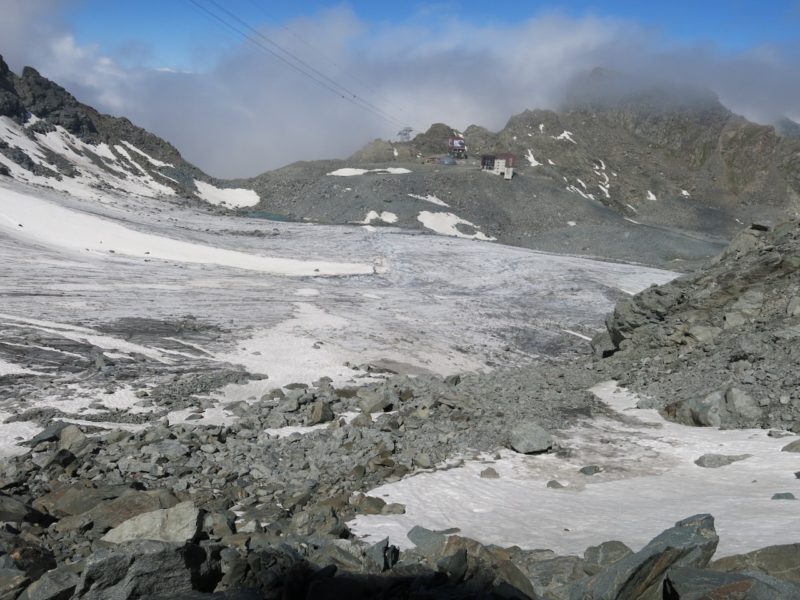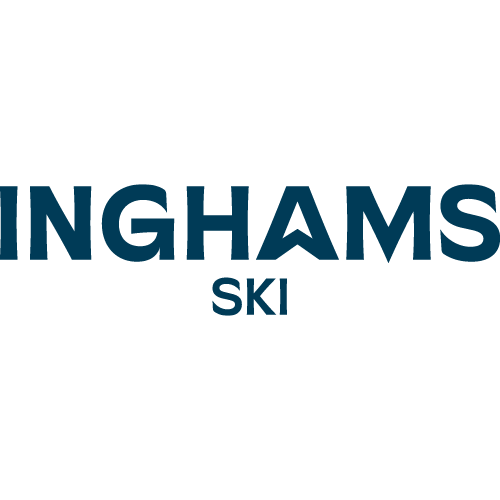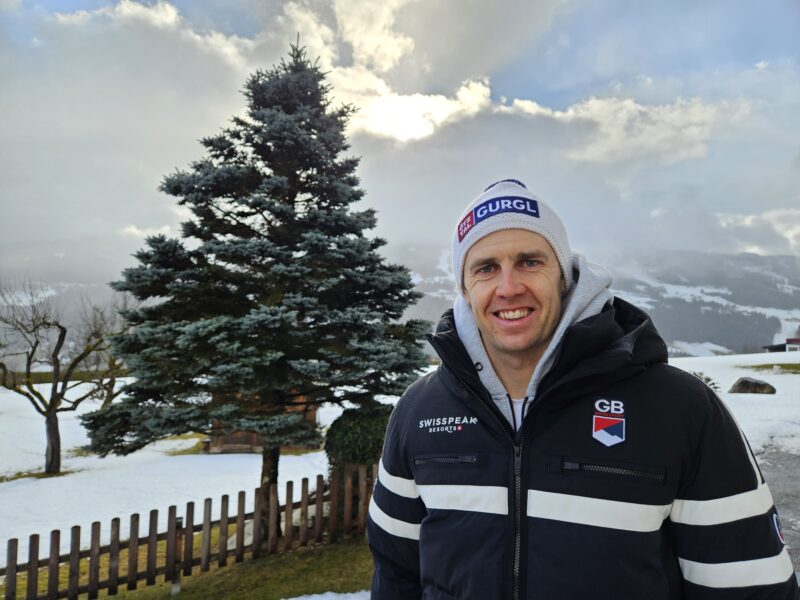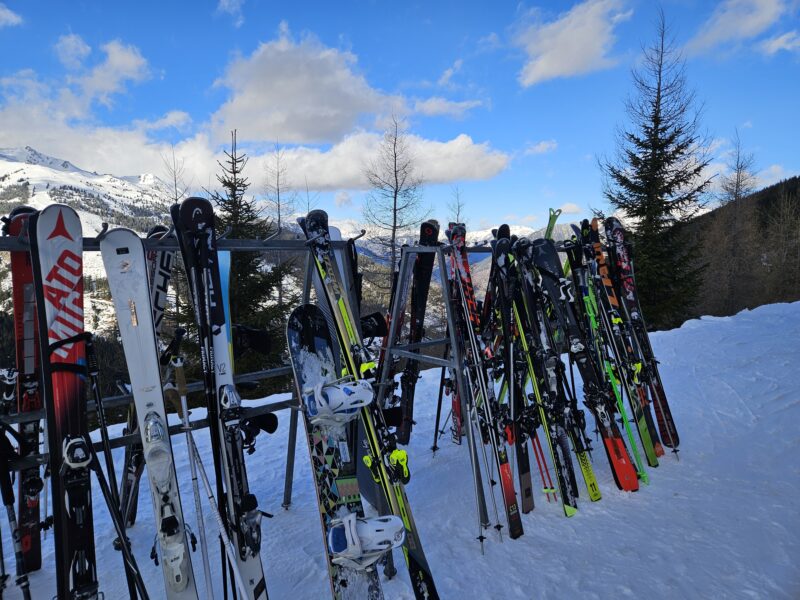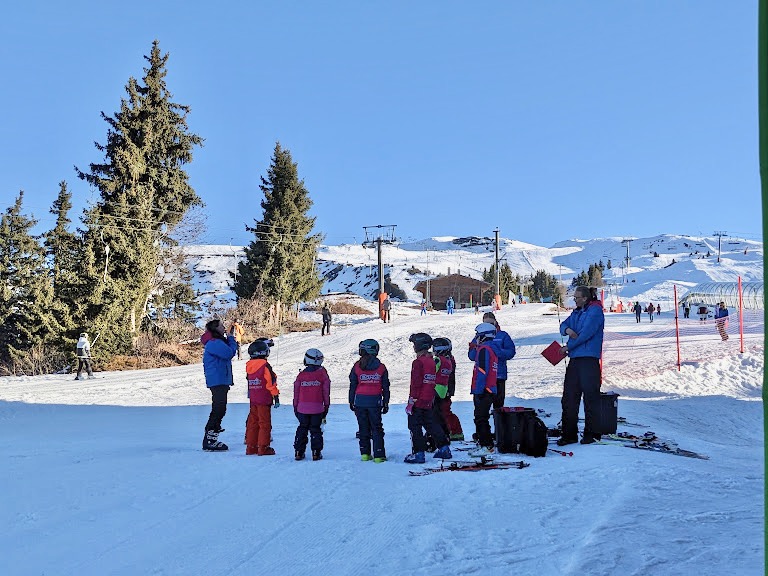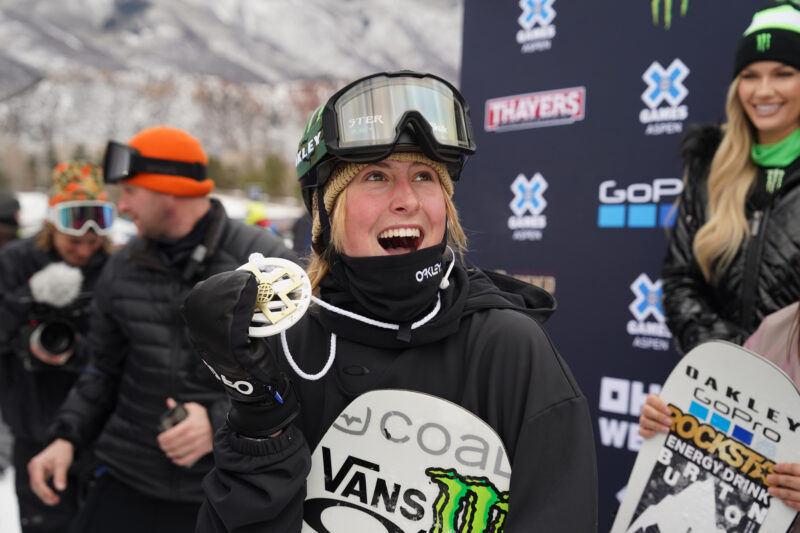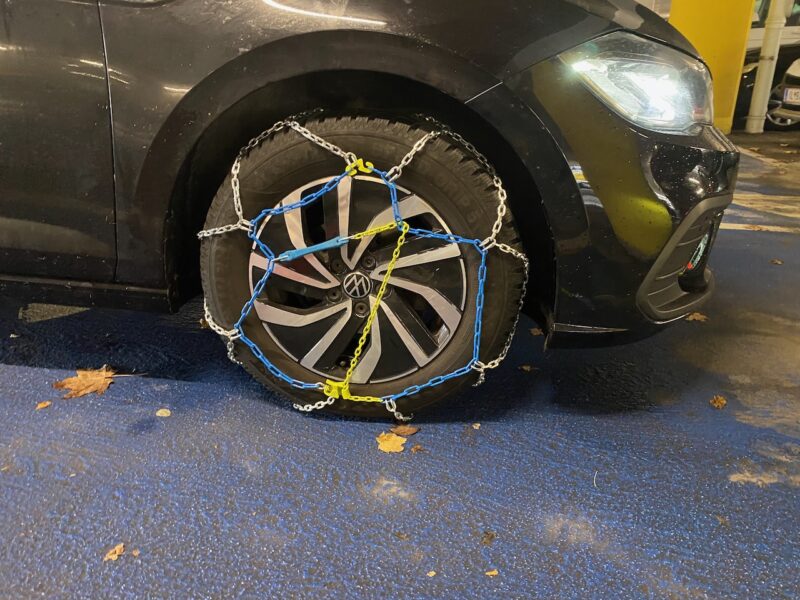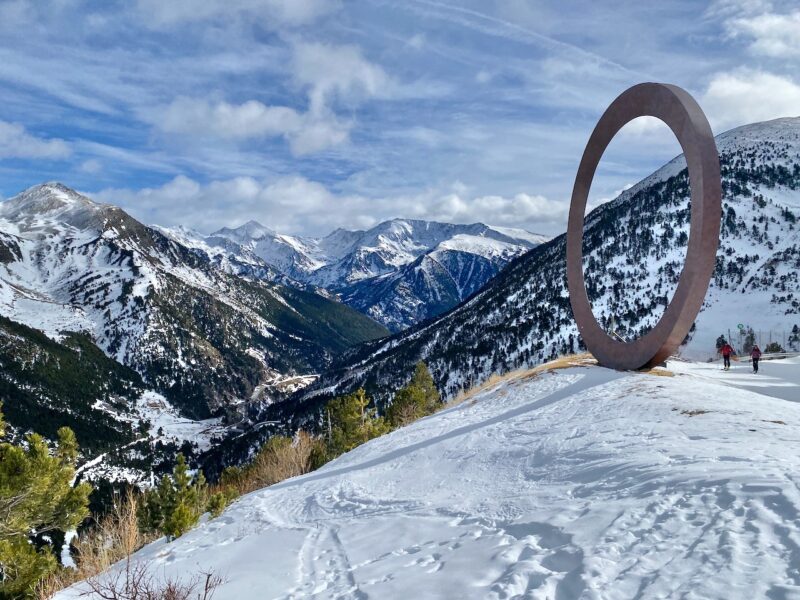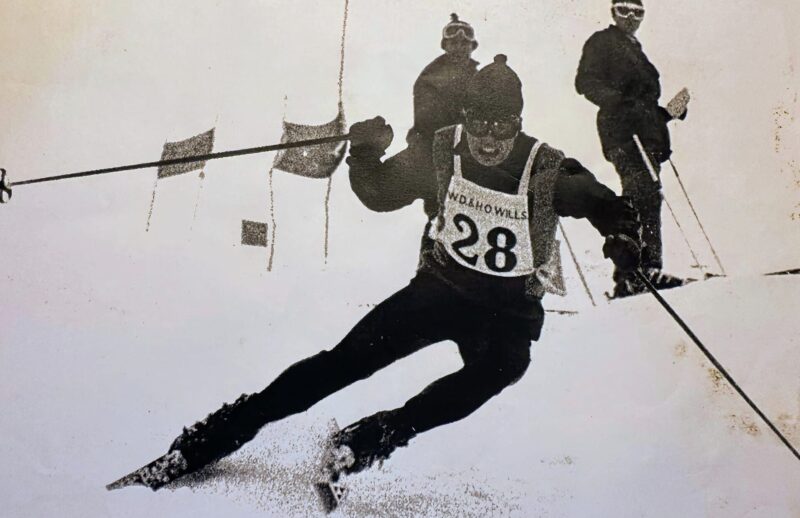A Guide to Cross-Country-Skiing
10th March 2021
Last modified on May 5th, 2021
It’s taken off this winter, according to numerous reports from the Alps. If you’ve yet to be converted, have a look at the latest guide from our friends at Maison Sport.
France, in particular, has seen a big rise in demand for cross-country skiing lessons.
Not surprising, you may think, with ski lifts across the country closed by the pandemic.
PlanetSKI partner Maison Sport has been producing a lot of interesting content to get us through the last difficult year.
We reported on its recent blog on the art of Telemark.
The latest blog tells you everything you need to know about cross-country skiing from how to get started to how to make it an unforgettable experience.
Here’s an edited version.
What is Cross-Country-Skiing?
Cross country skiing, also known as Nordic skiing, originated in Scandinavia as a more convenient way of getting around when the streets were heavily covered in snow.
It is primarily practised on assigned tracks around ski resorts which are either slightly uphill or on flat terrain. There will also be some instances where you are going downhill.
Cross-country-skiing is walking with your skis on, but there are two techniques: classic and skate or free skiing.
Classic
Is where parallel tracks have been indented in the snow. Skiers place their skis in the tracks and then start moving forward. The skier just glides one ski in front of the other in a long stride walking motion and just follows the tracks along the pre-established path.
Skate (Free) Skiing
As the name implies resembles more ice skating when it comes to technique.
The strides skiers take look as if they are ice skating, so the skis are pushed diagonally outwards to gain speed, and the more speed you want to gain, the harder you’ll have to push.
This technique can also be more challenging on the body due to the “skating” movement.
How Hard is Cross-Country-Skiing?
Difficulty depends mostly on the tracks, slopes, or trails you are on, but when it comes to the two styles of cross-country-skiing it can be said that classic cross-country skiing is easier than skate skiing.
For the classic technique, you only have to slide one foot in front of the other. So as long as the track is not steep or too difficult you should be able to enjoy the activity just as you would a walk at the park.
You can make it more challenging by quickening the pace, or going for harder tracks.
Skate/free skiing requires a lot of leg strength since you are pushing outwards and shifting your body weight from side to side to gain that forward movement which can be more challenging.
Cross-country-skiing is a great workout and it can replace your daily runs or walks.
It is suitable for any age.
Tips
Make Sure the Boot Fits
Cross-country boots are nothing like regular ski boots; they are more like trekking boots. Make sure the boot fits perfectly and you feel comfortable.
Find the Right Track
Choose the track depending on what you’re looking for or what type of challenge you want.
Dress Appropriately
This is a sport where you can get quite warm so you should think about what you would wear to go running in winter. It is recommended you wear thermal leggings but not ski pants as they are too bulky and don’t allow you to have a wide range of movement. A fleece and a windstopper jacket is ideal for the top.
Learn From an Instructor
Although cross-country-skiing may seem a lot easier than learning how to alpine ski or telemark, it is still important to learn the basics before you go out by yourself.
Instructors can give you an insight into all the equipment and how to use it to its full potential and they will make sure you are moving correctly to not cause any injuries to yourself.
Choose the Best Style for You
Do you want a challenge that will build muscles and give you more of a workout, or do you want to enjoy a walk in nature and take in the views?
Skate skiing may not be the right one if you just want to try something new or change the sport for a day.
Beginners usually go for classic as it is also easier to learn.
Equipment
Classic Cross-Country-Skis
…are thin and long and have a grip zone right in the middle, under your foot, to avoid sliding backward. Since you slightly lift your foot when gliding it forward the grip zone doesn’t touch the snow and the front and back of the ski allow you to easily glide forward.
Skate Skis
…only have a glide zone under the ski, no grip zone, and they are typically shorter than other skis to make it easier to manoeuvre them as you have to push your legs outwards. If the skis were too long they could end up touching in the back, or be too heavy to easily move.
Cross-country-boots
…are like comfortable low cut walking boots, and attach to the skis only at the front, allowing you to freely move your heel up and down to help with the movements.
Poles
… the only difference between these poles and other poles used for other disciplines is the height. Classic cross-country-ski poles tend to be longer reaching almost your armpit, skate skiing poles tend to go even higher, reaching up to your ears.
Recommended Resorts For Cross Country
Alpe d’Huez, France
With over 50km of terrain for cross-country skiing, you will be discovering hidden lakes and villages while following a clearly marked path. Book an Independent Instructor in France
St Moritz, Switzerland
Home of the annual Engadin Ski Marathon, there are more than 220km of cross-country ski trails for all levels. Home of the yearly Engadin Ski Marathon, in St. Moritz you can find over 220km of cross-country-ski are for all levels. Needles to say that the places you will discover on these expeditions will truly take your breath away. Book an Independent Instructor in Switzerland
PlanetSKI Writes:
Here at PlanetSKI, we are firmly of the opinion that Cross-Country skiing is underrated.
We love it!
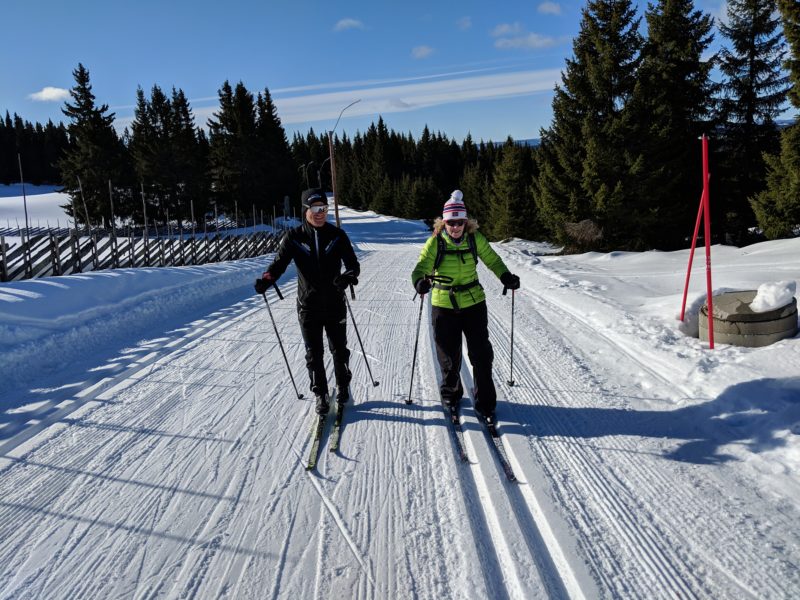
PlanetSKI cross country skiing in Norway
We did it in a remote, fascinating ski area in Catalonia where cross-country is a bit different ..
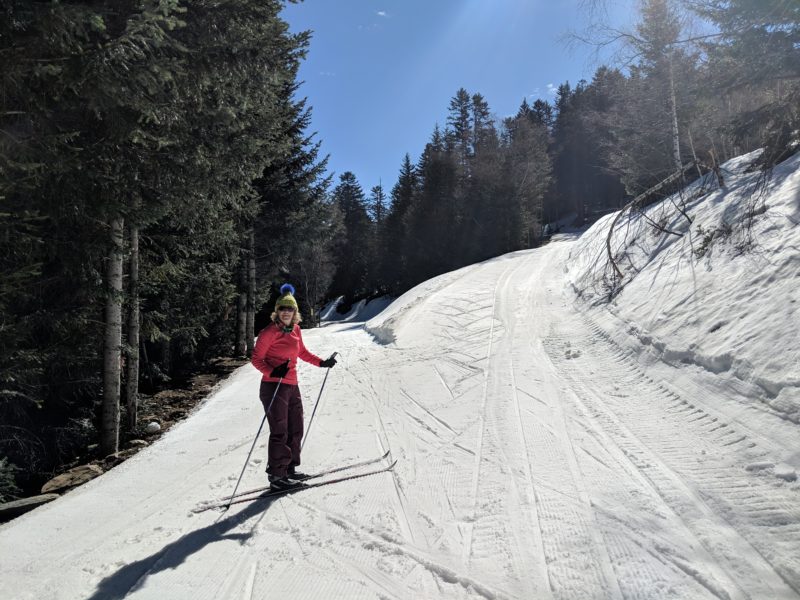
PlanetSKI cross country skiing in the Catalan Pyrenees
*Maison Sport was set up to allow you to book your independent ski or snowboard instructor online.


